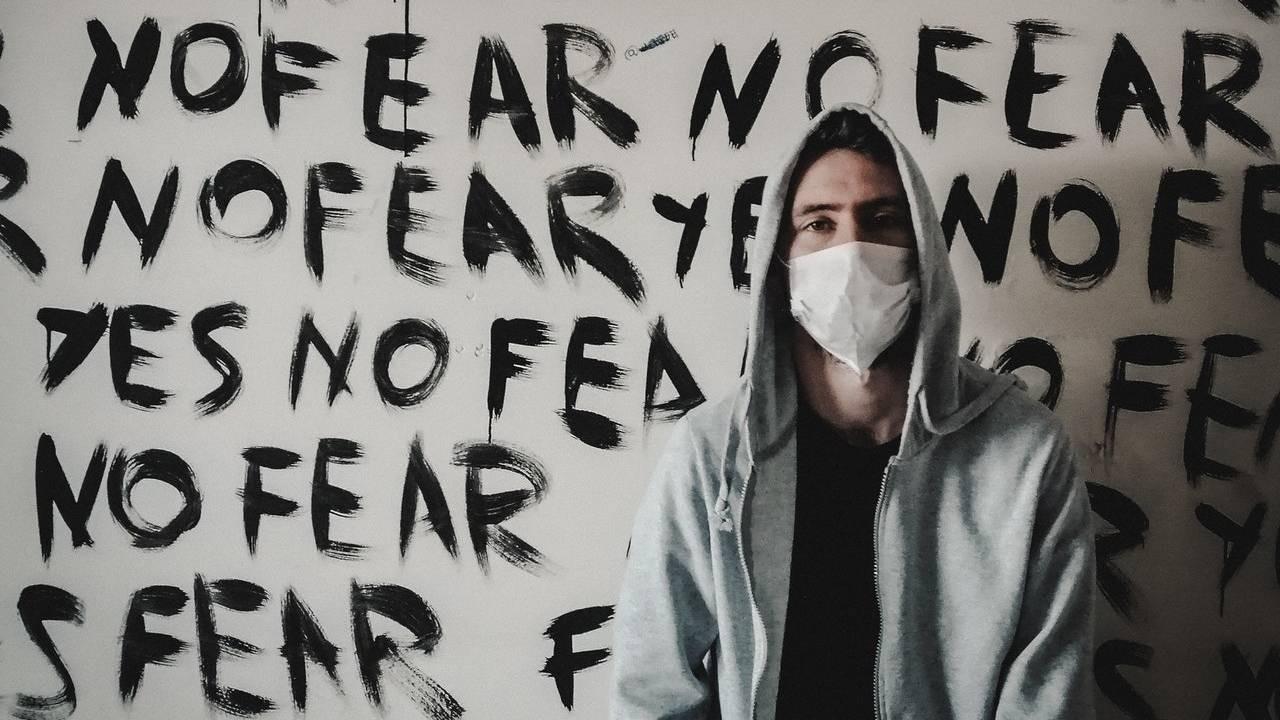The use of fear for good, and when it goes bad

Fear is a hugely useful asset in the management of public safety.
To caveat this blog, this is not a political piece. Rather, it is an example of leadership and the lessons we can learn from Dominic Cummings outings and the handling of that news this week.
This week, I heard the use of fear within government leadership during the pandemic described as “it (fear) must wear an iron fist with a velvet glove”.
This week, it feels like the velvet gloves were accessorised with a hooded cape. ‘Rule of fear’ has now become ‘fear and loathing in lockdown Britain’.
As a democratic society, the value of our freedom is possibly one of our most important attributes. When we were instructed to stay home on the evening of the 23rd March, we accepted that this restriction on our liberty was for our collective safety.
We had no option but to put our trust in our leaders. And to their surprise, we the public followed the guidance with much greater compliance than they, the government, expected. We’ve subsequently seen the confirmed cases fall, the R number stay below 1 and the easing of lockdown restriction.
Here’s a brief summary of how public fear has turned to anger and perhaps a flouting of the rules:
- Government delivers a direct, no frills message about the virus with clear instruction to stay home.
- The fearful public comply better than expected. R rate and cases reduce.
- Lockdown starts to ease, slightly less clear messaging instructs the public. Fear starts to reduce but is added to with confusion.
- News breaks around public figures having (allegedly) flouted the rules spectacularly.
- Public indignation allows fear and confusion to turn into lack of trust and loss of fear.
- The consequence of this could be a disastrous second wave, as without the fear and trust what will the public believe?
The big takeaway from this.
How can we trust our leadership and the decisions you make in our interests without equality? How can our government lead us to safety without the use of fear?
So what lessons does this teach us about how we manage our personal and professional lives going forward through the crisis?
Whether you’re leading a team, sharing a household or engaging with customers or patients remotely - people want to feel equal. We want to be heard. We want clarity in our directive. But above all, we need to feel equal.
Without fear we cannot maintain safety, but to manage fear without creating terror there must be trust. And without equality, there is no trust.
You might be returning to work or managing a team remotely right now where fear and anxiety about the virus requires ongoing management.
Taking the time with your team to listen to them, will mean that your team listen to you when you set new directives for work, or rules of engagement.
To manage psychological safety in your teams, we suggest:
- Listen. Book in time to check-in with your team members individually and really listen (you can find a team check in guide here).
- Create actions. Demonstrate that you’ve listened. Give a summary at the end of your call of any action points that can be taken from either of you - even if that’s just booking in your next check in.
- Explain your rationale. If you’re setting new procedures in your workplace for safety, explain ‘the why’ and give responsibility to all for maintaining collective safety.
- Lead by example. Really show your teams that you’re following new practices and rules, invite everyone to support each other (yourself included) if anyone forgets or slips up. Be equal.
- If you make a mistake - own it and apologise!
Finally, and this one is really important, if you need an eye test, please book in at your local optician. Although, if you are ever in the Durham area, we recommend you check out the recent TripAdvisor reviews before you plan your visit!

